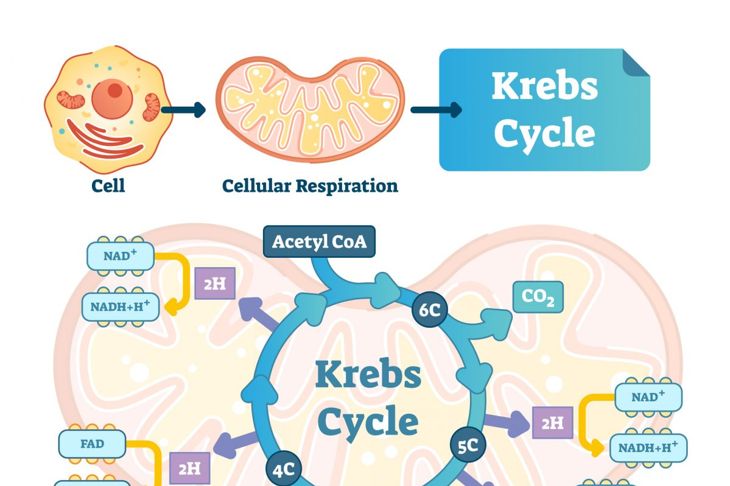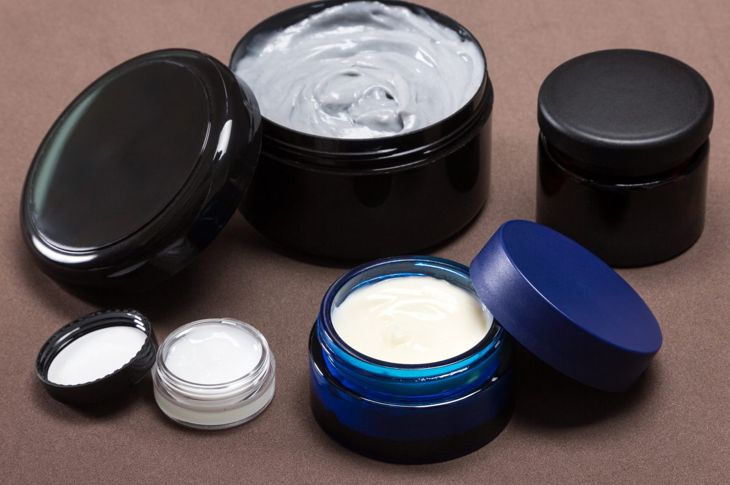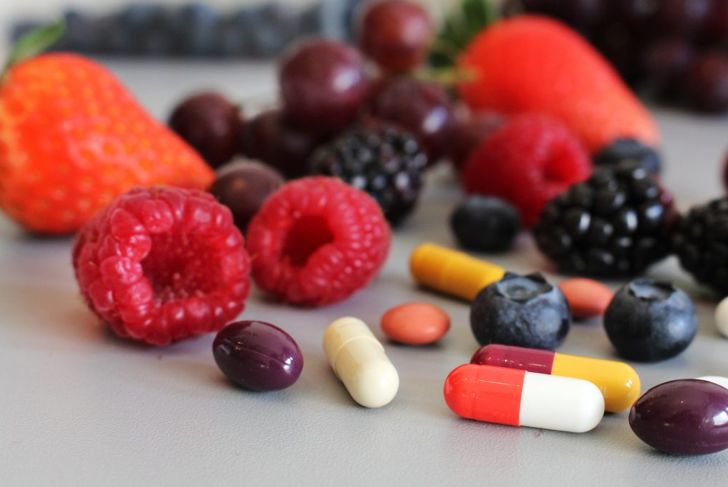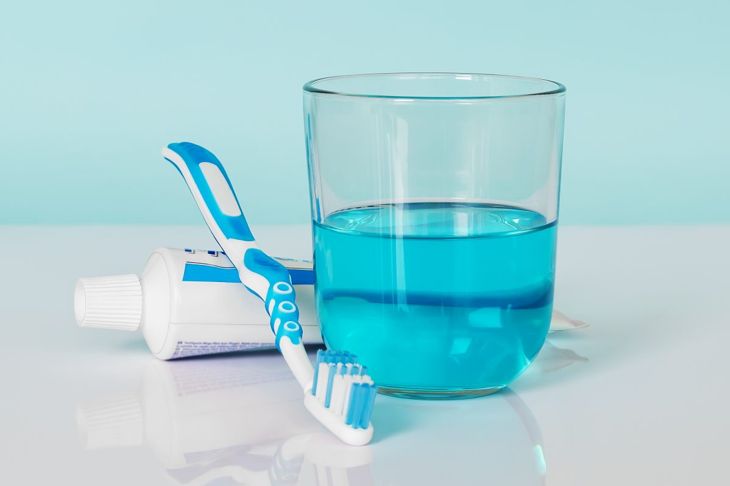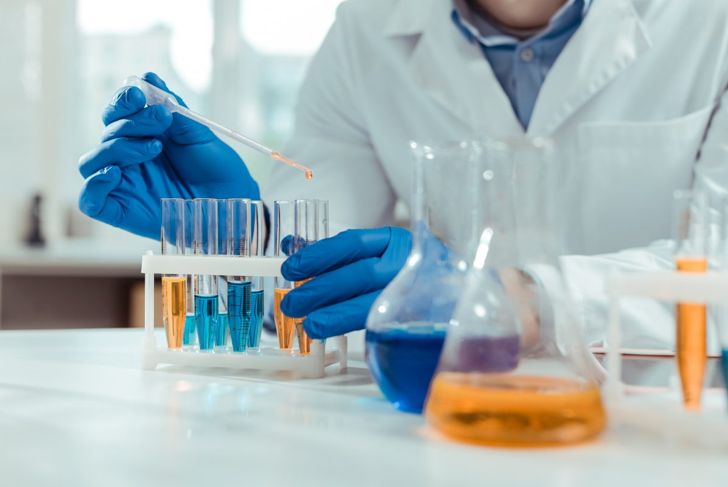Malic acid is an organic acid found in many fruits, vegetables, and spices. It was first discovered in apple juice in 1785. A French chemist coined the term acide malique as a derivative of the Latin word malum, or apple. The highest concentrations of malic acid exist in blackberries, raspberries, grapes, plums, apples, apricots, and pears. Various body processes use this compound, and it has many potential benefits.
Krebs Cycle
Malic acid is an essential component of the Krebs cycle, also known as the citric acid cycle. This metabolic process converts macronutrients — such as carbohydrates, fats, and proteins — into energy and water. Cellular function requires converted energy in the form of adenosine triphosphate or ATP. Fatigue is the first symptom of inadequate ATP production.
Athletic Supplements
Some athletic nutritional supplements contain malic acid because muscles need more ATP during strenuous physical activity. Plentiful amounts of malic acid may enhance metabolic processes for faster ATP production. Malic acid also directs lactic acid into the Krebs cycle, so increased production clears lactic acid at higher rates. This helps athletes exercise for longer periods and lessens muscle fatigue afterward.
Beverage Additive
Malic acid has no caloric value, so it is frequently used in low-calorie beverages. Its smooth flavor helps disguise the bitter flavor and aftertaste of some artificial sweeteners. Apple cider and other apple-flavored beverages and processed food products may contain malic acid to enhance flavor.
Cosmetic Benefits
Malic acid is an alpha hydroxy acid or AHA. Cosmetic products frequently contain malic acid and other alpha hydroxy acids. Some dermatology clinics use malic acid for superficial or medium-depth skin peels. AHA peeling agents irritate skin and prompt epidermal cell renewal. Skin peel procedures may reduce the appearance of scars, hyperpigmentation, and age spots.
Acne Treatment
AHA concentrations in skincare products determine pH level. Only trained medical professionals administer preparations with pH levels under 2. Over-the-counter acne medications contain AHAs in lower concentrations. Malic acid may relieve mild to severe acne vulgaris because AHAs inhibit bacterial growth. Skin cell renewal effects of AHAs can also promote healing and reduce potential scarring and pitting.
Healthy Skin
Some cosmetic products contain malic acid to improve skin health and appearance. Collagen is an umbrella term for the family of proteins that provide structural components of connective tissues, such as skin and cartilage. Our bodies produce collagen, but production slows as we get older. As collagen levels fall, the skin loses elasticity and becomes more vulnerable to damage and wrinkles. Malic acid filters through the outer layers of the epidermis and stimulates collagen production in the underlying cells of the dermis.
Fibromyalgia
Fibromyalgia is characterized by fatigue and muscle pain. The cause is unknown, but biopsies of affected muscles reveal tissue breakdown, damaged mitochondria, and low ATP levels. This disorder is also associated with muscle hypoxia or decreased oxygen levels within muscles. Malic acid is being explored as a treatment due to its essential role in energy production, especially under hypoxic conditions.
Oral Health
Certain toothpaste, mouthwashes, and oral sprays contain malic acid. Xerostomia, or dry mouth, is caused by a lack of saliva and is a side effect of various health conditions and medications. Malic acid stimulates saliva production, although it can also erode tooth enamel. Additives such as fluoride and xylitol minimize potential erosion. Malic acid’s antibacterial properties can also reduce the number of bacteria in the mouth.
Side Effects and Risks
Malic acid has been studied extensively to determine toxicity, and it is still monitored by several public safety organizations. Workers in various industries can come into contact with malic acid or breathe it in as a mist. However, the general population is also exposed to malic acid in foods, beverages, health and beauty products, and cleaning agents. So far, only mild toxic effects have been identified. Direct contact causes eye and skin irritation, and some people experience allergic reactions.
Synthetic Malic Acid
Malic acid is used extensively in manufacturing. It helps preserve canned foods and controls acidity in carbonated beverages. Manufacturers use malic acid to produce cleaning products, cosmetics, paints, and enamels. Natural sources can’t provide enough of this versatile organic acid, so synthetic production fulfills manufacturing needs. American industries produce over 5,000 tons of synthetic malic acid annually.

 Home
Home Health
Health Diet & Nutrition
Diet & Nutrition Living Well
Living Well More
More